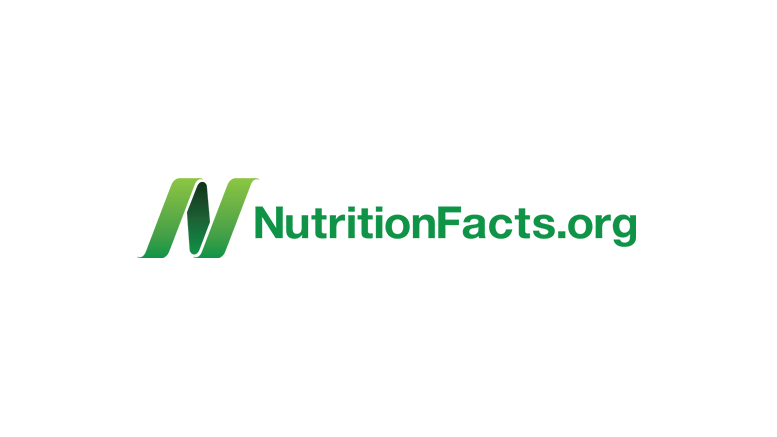In response to concerns raised about the toxicity of Monsanto’s roundup pesticide, which ends up in GMO foods (See Is Monsanto’s Roundup Pesticide Glyphosate Safe?), Monsanto’s scientists countered that these in vitro experiments used physiological irrelevant concentrations, meaning dripping roundup on cells in a petri dish at levels far above what would be realistically found in the human body.
Sure, it’s probably not a good idea to mix up your alcohol with your roundup and chug the stuff, or try to commit suicide by drinking orinjecting it. And there are rare cases of Parkinson’s reported after getting directly sprayed with it, or working for years in a pesticide production plant, but that’s not your typical consumer exposure.
As shown in my video GMO Soy and Breast Cancer, some of the researchers responded to the accusation claiming they used the kinds of concentrations that are used out in the fields. Therefore every little droplet we spray worldwide is above the threshold concentration they found to cause adverse effects. Monsanto’s folks responded saying, “Yes, that’s the concentration we spray, but that’s not the concentration that human cells are bathing in. Once it gets into drinking water or food, it’s highly diluted.” And, they’re quick to point out, if we look at people with the greatest exposure—pesticide workers—the vast majority of studies show no link between the use of Roundup and cancer or non-cancer diseases. There are a few suggestive findings suggesting a link with non-Hodgkin’s lymphoma. One study of pesticide applicatorssuggested an association with multiple myeloma, and one study of the children of pesticide applicators found a tentative association with ADHD, but again these are folks experiencing a much greater exposure level than the general population that may just get a few parts per million in their food. But there had never been any studies done on the tiny levels found circulating in people’s bodies, until now.
In a study out of Thailand, the maximum residue levels were set at parts per million (the concentrations found within human bodies is measured in parts per billion). The study found glyphosate can activate estrogen receptors at a few parts per trillion, increasing the growth of estrogen receptor positive human breast cancer cells in a petri dish. These results indicate “that truly relevant concentrations of the pesticide found on GMO soybeans possesses estrogenic activity.”
But consumption of soy is associated with lower breast cancer risk (See BRCA Breast Cancer Genes and Soy), and improved breast cancer survival (See Breast Cancer Survival and Soy).
That may be because most GMO soy in the U.S. is fed to chickens, pigs, and cows as livestock feed, whereas most of the major soy food manufacturers use non-GMO soy. Or it could be because the benefits of eating any kind of soy may far outweigh the risks, but why accept any risk at all when we can choose organic soy products, which by law exclude GMOs.
The bottom-line is that there is no direct human data suggesting harm from eating GMOs, though in fairness such studies haven’t been done, which is exactly the point that critics counter. This is why we need mandatory labeling on GMO products so that public health researchers can track whether GMOs are having any adverse effects.
It is important to put the GMO issue in perspective though. As I’ve shown (See Lifestyle Medicine: Treating the Causes of Disease), there are dietary and lifestyle changes we can make that could eliminate most heart disease, strokes, diabetes, and cancer. Millions of lives could be saved. A healthy enough diet can even reverse our number one killer, heart disease. So, I’m sympathetic to the biotech industry’s exasperation about GMO concerns when we still have people dropping dead from everything else they’re eating. As one review concluded“consumption of genetically modified food entails risk of undesirable effects… similar to the consumption of traditional food.” In other words, buying the non-GMO Twinkie isn’t doing our body much of a favor.
Article Source: NutritionFacts.org



Be the first to comment on "GMO Soy and Breast Cancer"